A Cartesian coordinate system (UK / k ɑː ˈ t iː zj ə n /, US / k ɑːr ˈ t i ʒ ə n /) in a plane is a coordinate system that specifies each point uniquely by a pair of numerical coordinates, which are the signed distances to the point from two fixed perpendicular oriented lines, measured in the same unit of lengthEach reference line is called a coordinate axis or just axis (plural The region I) above the two lines and to the right of both lines will be the region where x y − 1 > 0 and 2 x y 1 > 0 In this region graph ( x y − 1) ( 2 x y 1) = 1 3 x 2 y = 1 This will be a line but restrict it to the wedge area The region II) above and to the right of 2 x y 1 = 0 and below and to the left of x yThe graph of y=(2)^x is then What you don't see in the picture is that the graph has a large number of "holes" The only points on the graph have first coordinate x=p/q where p and q are integers with no common factors other than 1 and q is odd

Graph Each Given System And Name Three Solutions Gauthmath
Y=1/x^2 graph name
Y=1/x^2 graph name-Graph Y 1 images, similar and related articles aggregated throughout the Internet印刷√ y=1/x^2 graph name Y=1/x^2 graph name This calculator will find the equation of a line (in the slopeintercept, pointslope and general forms) given two points or the slope and one point, with stepsWhen graphing without a calculator,




Plotting X 2 Y 2 1 3 X 2 Y 3 0 Mathematics Stack Exchange
The graph of mathy^2=ax/math will be parabola Two graphs are shown below for positive and negative values of matha=1/math matha=1/math matha=1/math Example of how to graph the inverse function y = 1/x by selecting x values and finding corresponding y valuesDivide 0 0 by 4 4 Multiply − 1 1 by 0 0 Add 0 0 and 0 0 Substitute the values of a a, d d, and e e into the vertex form a ( x d) 2 e a ( x d) 2 e Set y y equal to the new right side Use the vertex form, y = a ( x − h) 2 k y = a ( x h) 2 k, to determine the values of a a, h h, and k k
The graph looks like an exponential where x >= 0 although the equation clearly suggests otherwise graphingfunctions Share edited Mar 17 '16 at 41 mvw 333k 2 2 The system of equations Y equals 1/4 X minus one and Y equals 1/2 X 1/4 shown on the graph below What is a reasonable estimate for the solution ? As you have x2 then 1 x2 will always be positive So y is always positive As x becomes smaller and smaller then 1 1 x2 → 1 1 = 1 So lim x→0 1 1 x2 = 1 As x becomes bigger and bigger then 1 x2 becomes bigger so 1 1 x2 becomes smaller lim x→±∞ 1 1 x2 = 0 build a table of value for different values of x and calculate the
Figure 111 These linear functions are increasing or decreasing on (∞, ∞) and one function is a horizontal line As suggested by Figure 111, the graph of any linear function is a line One of the distinguishing features of a line is its slope The slope is the change in y for each unit change in xNow when you view the chart, you should see that Series 2 has changed to a line graph However, we still need to set up a secondary Yaxis as Series 2 is currently using the primary Yaxis to display its data To do this, rightclick on one of the data points for Series 2 and select "Format Data Series" from the popup menu Find the area of the region bounded by the parabola y=x^2, the tangent line to this parabola at (1,1) and the xaxis I don't really get what this question is asking It looks like the area of right triangle to metry the graph, graphing Q How could the function y=3t^2 4 be plotted on a cartesian graph to produce a straight line?
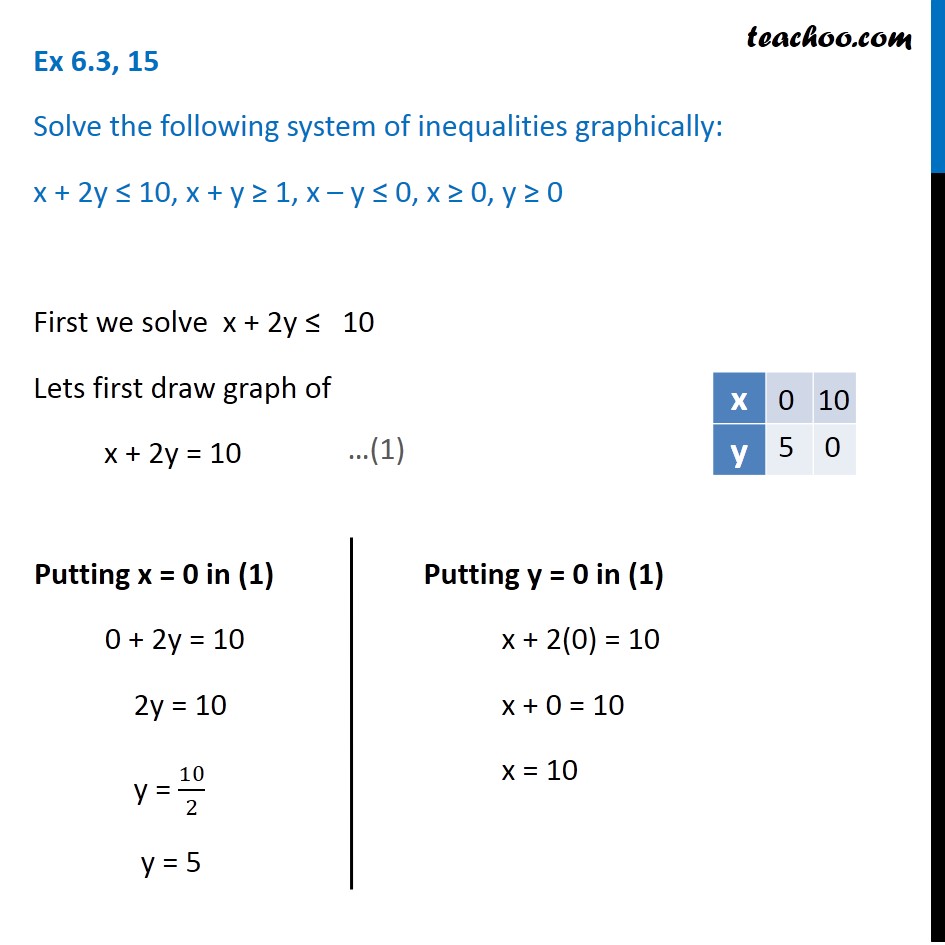



Ex 6 3 15 Solve Graphically X 2y 10 X Y 1




Example 1 Graph A Rational Function Of The Form Y A X Graph The Function Y Compare The Graph With The Graph Of Y 1 X 6 X Solution Step 1 Draw The Ppt Download
Let's examine it more closely Is there an easy way to plot a function which tends to infinity in the positive and negative as a single plot, without the plot joining both ends of the positive and negative? See the explanantion This is the equation of a circle with its centre at the origin Think of the axis as the sides of a triangle with the Hypotenuse being the line from the centre to the point on the circle By using Pythagoras you would end up with the equation given where the 4 is in fact r^2 To obtain the plot points manipulate the equation as below Given" "x^2y^2=r^2" ">" "x^2y^2
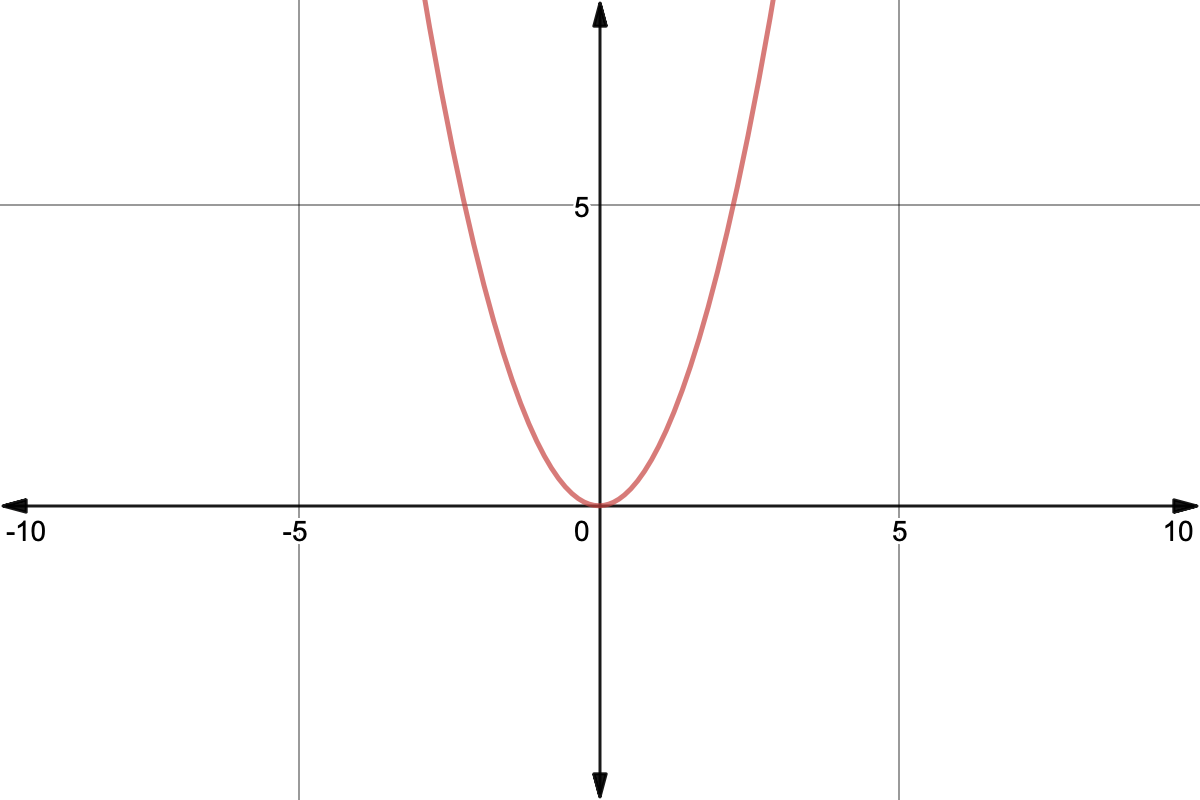



Horizontal Line Test For Function To Have Inverse Expii
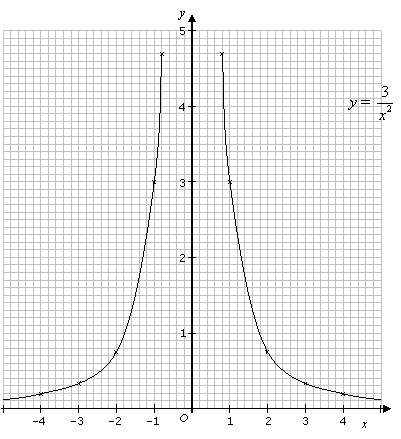



Graphs Of Reciprocal Functions Video Lessons Examples And Solutions
11 The most general way of naming a graph is by writing, Y vs X graph An example is, Distance vs Time graph In which the Y axis represents Distance and X represents time In order to know which comes in which axis you have to have a clear understanding about independent and dependant Thus is easy to understandY 1 X 2 Graph Name, How Microwave Ovens Work THE IFOD, Printable 3/8 Inch Red Graph Paper for Legal Paper Free, Refractory period (physiology) Wikipedia, Reflecting points across horizontal and vertical linesEtymology and history The word "hyperbola" derives from the Greek ὑπερβολή, meaning "overthrown" or "excessive", from which the English term hyperbole also derives Hyperbolae were discovered by Menaechmus in his investigations of the problem of doubling the cube, but were then called sections of obtuse cones The term hyperbola is believed to have been coined by
:max_bytes(150000):strip_icc()/LinearRelationshipDefinition2-a62b18ef1633418da1127aa7608b87a2.png)



Linear Relationship Definition




Graph Graph Inequalities With Step By Step Math Problem Solver
Polynomial functions These are functions of the form y = a n x n a n −1 x n −1 a 2 x 2 a 1 x a 0, where an, a n −1, , a 2, a 1, a 0 are constants Only whole number powers of x are allowed The highest power of x that occurs is called the degree of the polynomial The graph shows examples of degree 4 and degree 5 polynomials Name the transformation (s) and the type of graph y = 1/3 (x5) 3 2 Definition reflection, stretch, shift right, shift up 2 cubic Term Name the transformation (s) and the type of graph y = 3 (x5) 3 7 Definition shrink, shift left 5, shift down 7 cubic Since y^2 = x − 2 is a relation (has more than 1 yvalue for each xvalue) and not a function (which has a maximum of 1 yvalue for each xvalue), we need to split it into 2 separate functions and graph them together So the first one will be y 1 = √ (x − 2) and the second one is y 2 = −√ (x − 2)




Graph Each Given System And Name Three Solutions Gauthmath




Working With Exponentials And Logarithms
Ellipsoids are the graphs of equations of the form ax 2 by 2 cz 2 = p 2, where a, b, and c are all positive In particular, a sphere is a very special ellipsoid for which a, b, and c are all equal Plot the graph of x 2 y 2 z 2 = 4 in your worksheet in Cartesian coordinatesMath Input NEW Use textbook math notation to enter your math Try itWe will use 1 and 4 for x If x = 1, y = 2(1) 6 = 4 if x = 4, y = 2(4) 6 = 2 Thus, two solutions of the equation are (1, 4) and (4, 2) Next, we graph these ordered pairs and draw a straight line through the points as shown in the figure We use arrowheads to show that the line extends infinitely far in both directions




Graphing A Line Given Point And Slope Video Khan Academy
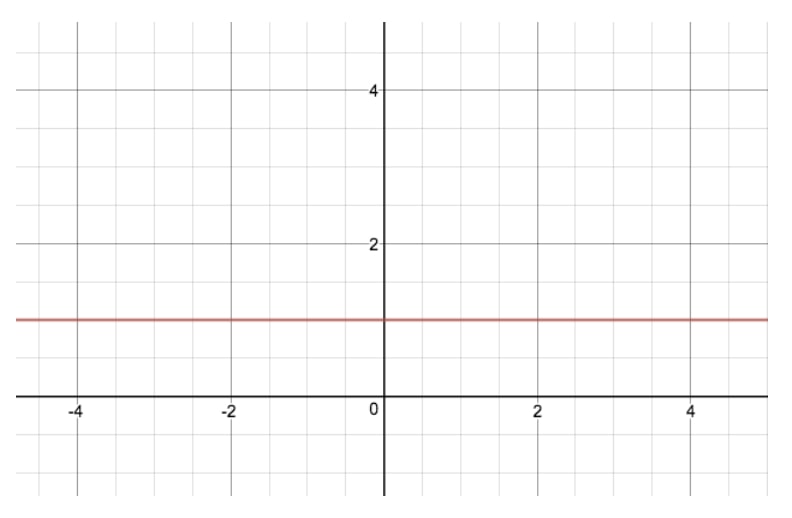



How To Find Equations For Exponential Functions Studypug
Share your findings on the discussion boardY=1/x^2 graph nameWie geht man vor?Plot(___,Name,Value) specifies line properties using one or more Name,Value pair arguments For a list of properties, see Line Properties Use this option with any of the input argument combinations in the previous syntaxes Namevalue pair settings apply to all the lines plotted example plot(ax, ___) creates the line in the axes specified by ax instead of inUse different colors to graph the family of graphs defined by y = k x 2, where k ∈ {1, 1 2, 1 3, 1 4} What happens to the graph when the denominator of k is very large?
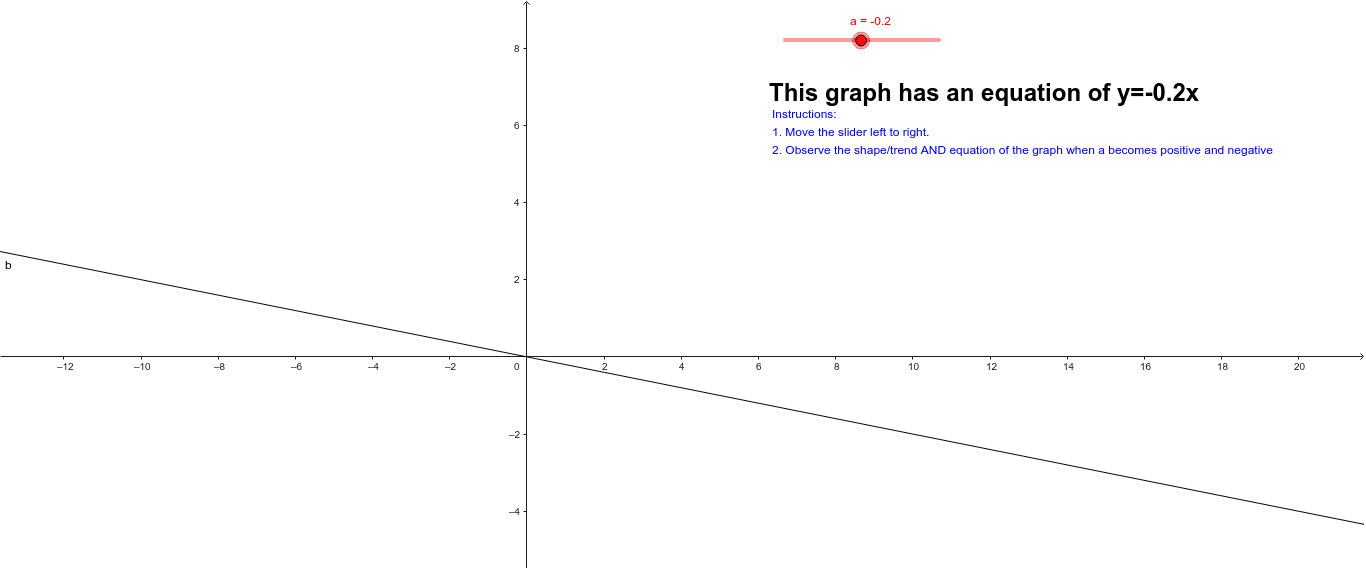



Power Function Graph Y Ax Geogebra




5 2 Reference Graphs Of Eight Basic Types Of Functions
Name * Email * Save my name, email, and website in this browser for the next time I commentThe 1/x Function f(x) = 1/x looks like it ought to be a simple function, but its graph is a little bit complicated It's really not as bad as it looks, though!PreAlgebra Graph x^2y^2=1 x2 − y2 = −1 x 2 y 2 = 1 Find the standard form of the hyperbola Tap for more steps Flip the sign on each term of the equation so the term on the right side is positive − x 2 y 2 = 1 x 2 y 2 = 1 Simplify each term in the equation in order to set the right side equal to 1 1
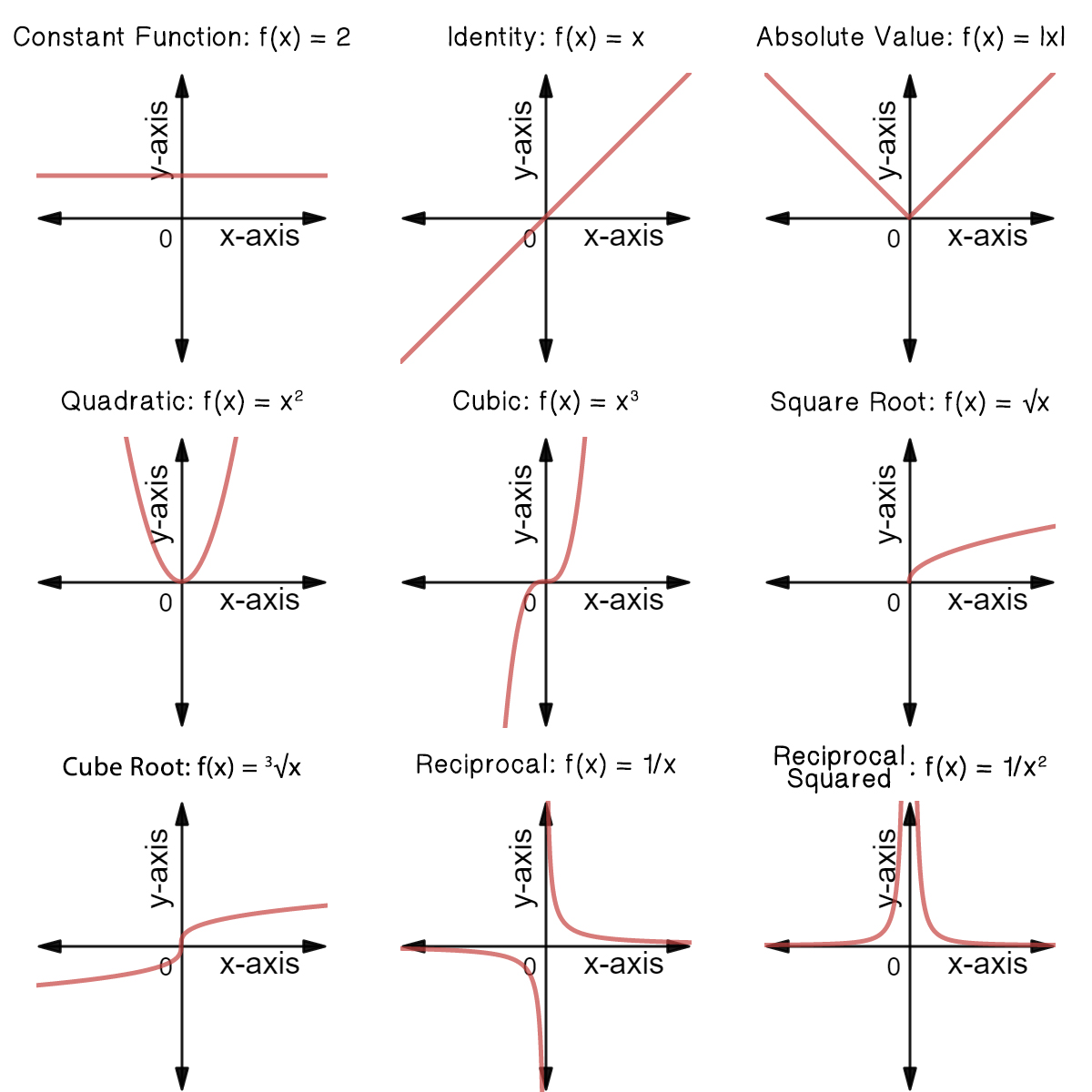



Classifying Common Functions Expii




Translations Of A Graph Topics In Precalculus
Graphing Functions What Type Of Graph Is Y 1 X 2 Mathematics Stack Exchange For more information and source, see on this link https Solution What Is The Domain And Range Of Y X 2 2x 1 The Answer Must Be In X X Blah Blah Form Don 39 T Know The Name Xd For more information and source, see on this linkNow that we understand how to recognize the graphs of y = ax 2, we will look at when we have a power of 3 instead of a power of 2These graphs are called cubic curves and have the equation y = ax 3 Example 4 The graph of y = x 3 is shown below Notice that this graph starts low on the left, moves steeply upward, flattens out at the origin, and then moves steeply upward again How is the graph of y=(x132 – 3 transformed to produce the graph of Yof y = 1/(x432 1 The graph is translated left 5 units, compressed vertically by a factor of 2, and translated up 3 units 1 The graph is stretched vertically by a factor of 2, translated left 5 units, and translated up 3 units 1




Rd Sharma Class 10 Solutions Maths Chapter 3 Pair Of Linear Equations In Two Variables Exercise 3 2




Slope Formula Equation For Slope Algebra Article Khan Academy
Y 1 X 2 Graph Name d link dir 650in wireless n300 router black not a modem dia de la bandera de mexico png dia da bandeira educação infantil desenho dia de la bandera del peru animado dia de la bandera animado ecuador dia da bandeira nacional dia da bandeira nacional atividades escolares daftar harga hp oppo reno 4 pro baruThe graph of an exponential function is a strictly increasing or decreasing curve that has a horizontal asymptote Let's find out what the graph of the basic exponential function y = a x y=a^x y = ax looks like (i) When a > 1, a>1, a > 1, the graph strictly increases as xGraphing y = (x h)2 k In the graph of y = x2, the point (0, 0) is called the vertex The vertex is the minimum point in a parabola that opens upward In a parabola that opens downward, the vertex is the maximum point We can graph a parabola with a different vertex Observe the graph of y




Graph Using Intercepts
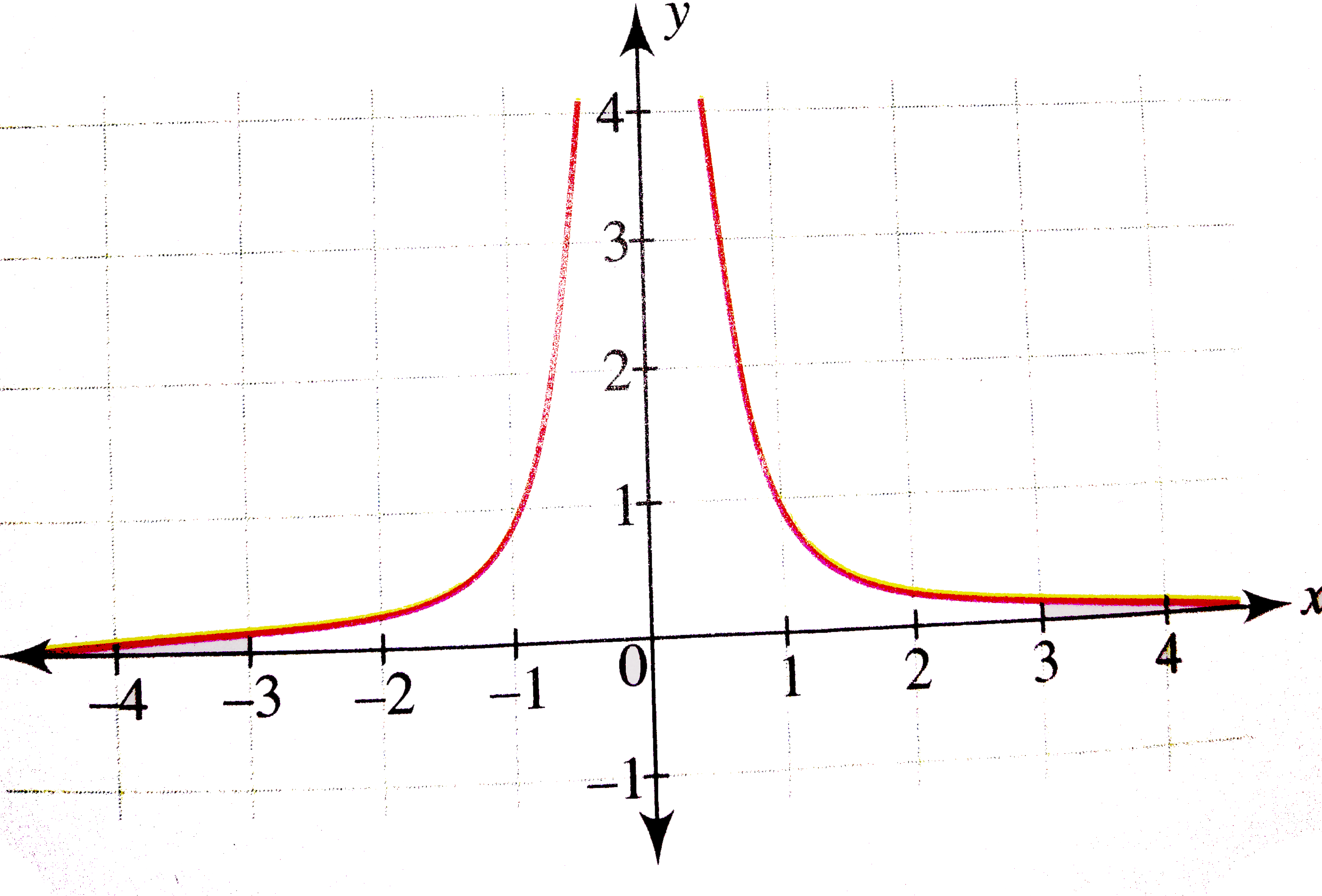



Draw The Graph Of Y 1 X 2
Y = 2 x Table of values Logarithmic functions An ordinary log function always has the points (1, 0) and (base, 1) since log a 1=0 and loga a =1 The y axis is an asymptote , the graph never crosses the y –axis Example To calculate the values of y , If y = a x x = log a y Shifting log graphs left and right Take the graph y=logx HereGraph y=2 and 3xy=1 and name if it has no solution, one solution, or infinitely many solutions if it has one solution name it Graph y = 2 Graph 3x y = 1 We will use slope intercept form y = mx b, where m=slope and b = yintercept Rewrite the equation 3x y = 1 to y = mx b2) If c > 0, the graph of xy = x y c crosses the yaxis at (c);
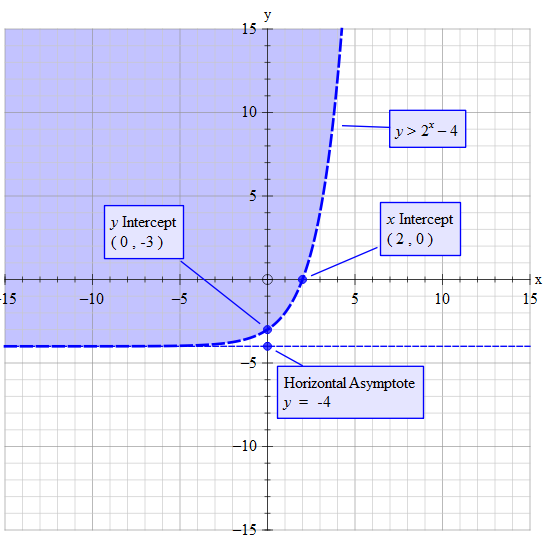



How Do You Graph Y 2 X 4 Socratic
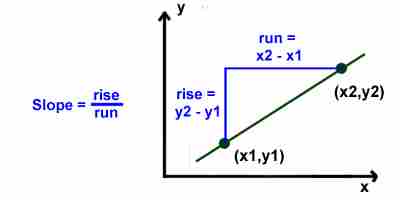



Kids Math Slope
Desmos offers bestinclass calculators, digital math activities, and curriculum to help every student love math and love learning mathName Save my name, email, and website in this browser for the next time I comment Post navigation Previous Post Previous Choose the inequality that describes the following problemThese graphs, as the ones before, are also asymptotic to the lines y = 1 and x = 1 At this point, it is possible to make several conjectures 1) the graph of the equation xy = x y c is a hyperbola asymptotic to y = 1 and x = 1;
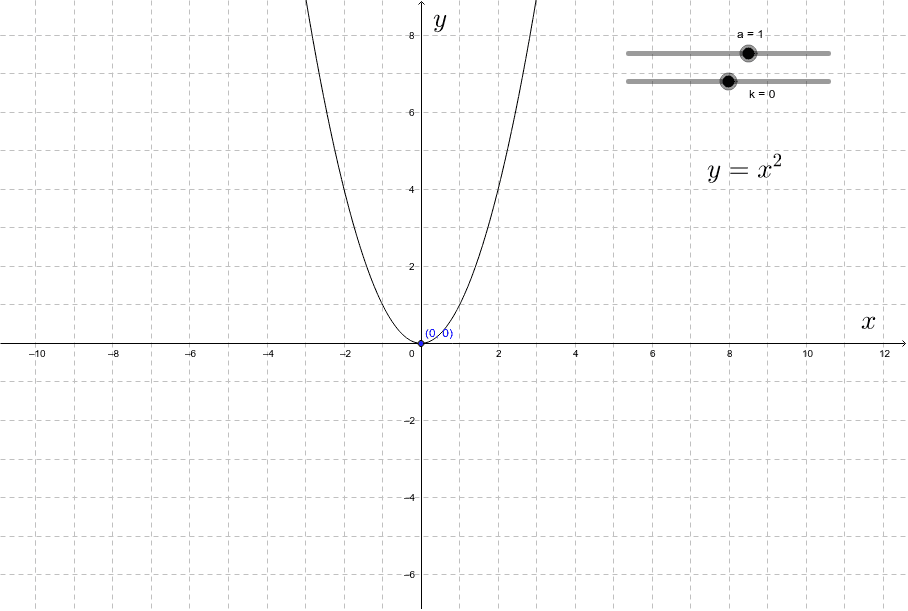



Graph Of Y Ax 2 K Geogebra
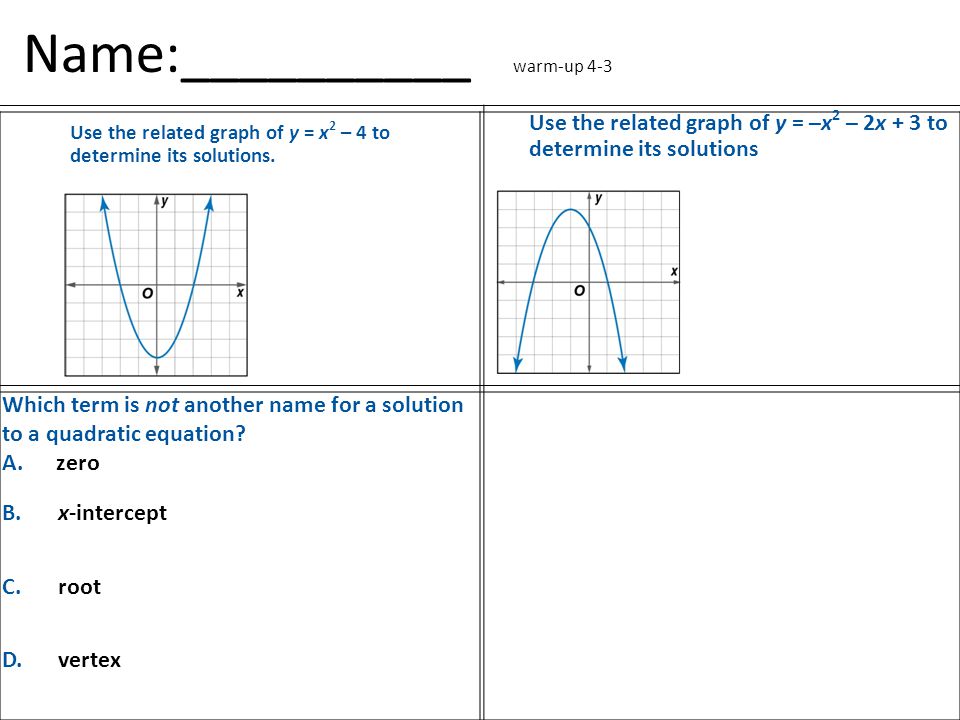



Name Warm Up 4 3 Use The Related Graph Of Y X 2 2x 3 To Determine Its Solutions Which Term Is Not Another Name For A Solution To A Quadratic Ppt Download
X Y 1 Graph, How to Sketch an Equation by Plotting Points, y = 3x 1, Evaluating composite functions using graphs Mathematics, 10 To 10 Coordinate Grid With Even Increments Labeled And, FileGraph paper mm green svg Wikipedia9 LINEAR FUNCTIONS The Equation of a Straight Line Sketching the graph The slopeintercept form The proof W E NOW BEGIN THE STUDY OF THE GRAPHS of polynomial functions We will find that the graph of each degree leaves its characteristic signature on the x yplane The graph of a first degree polynomial is always a straight line1 X 2 Graph Name в какой Solution What Is The Domain And Range Of Y X 2 2x 1 The Answer Must Be In X X Blah Blah Form Don 39 T Know The Name Xd Classifying Common Functions Expii Parent Functions And Their Graphs Video Lessons Examples And Solutions




Graphing Parabolas




Rational Functions
Description plot (X,Y) creates a 2D line plot of the data in Y versus the corresponding values in X If X and Y are both vectors, then they must have equal length The plot function plots Y versus X If X and Y are both matrices, then they must have equal size The plot function plots columns of Y versus columns of X Y=x^2 graph nameTo find the answer, make a data table Data Table for y = x 2 And graph the points, connecting them with a smooth curve Graph of y = x 2 The shape of this graph is a parabola Note that the parabola does not have a constantGraph y=xx^2 Find the properties of the given parabola Tap for more steps Rewrite the equation in vertex form Tap for more stepsGCSE (1 – 9) Linear Graphs Name _____ Instructions • Use black ink or ballpoint pen • Answer all Questions • Answer On the grid draw the graph of y = 1 – 2x for values of x from –2 to 3 (c) Use your graph to find the value of y when x = 04 (2
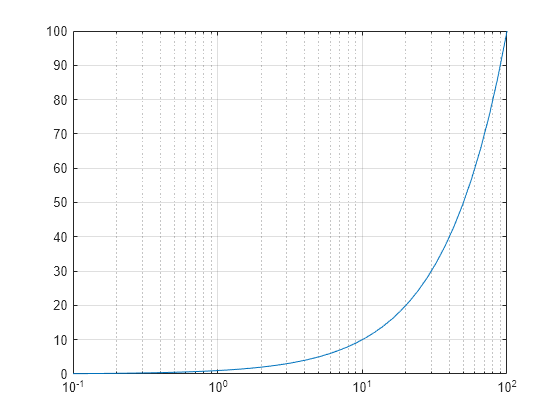



Semilog Plot X Axis Has Log Scale Matlab Semilogx



Graph Of A Parabola Topics In Precalculus
Answered 4 years ago 1plot x^2 2invert it about x axis 3raise it upwards by 1 unit 4This is y=1x^2 5for mod (y), along with this, take mirror image about x axis 6Combined graph is the solution 7Restrict answer between y=1 and y=1 as maximum value of mod (y) is 1 38K views
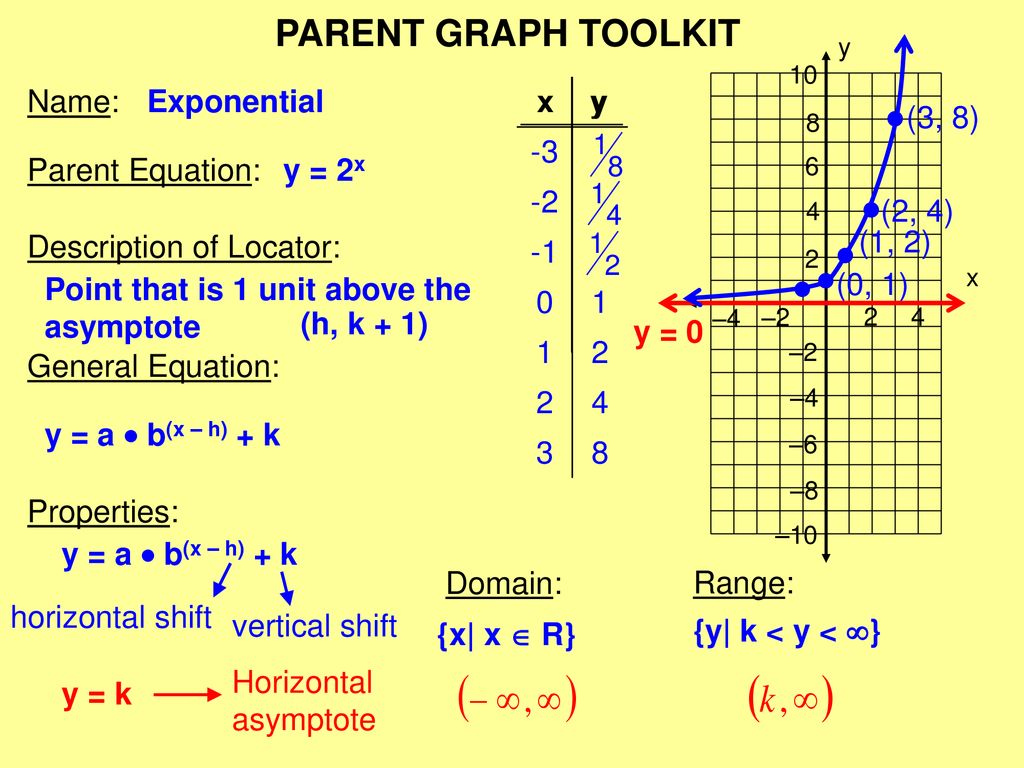



Parent Graph Toolkit Name Lines X Y X Y X Y Ppt Download
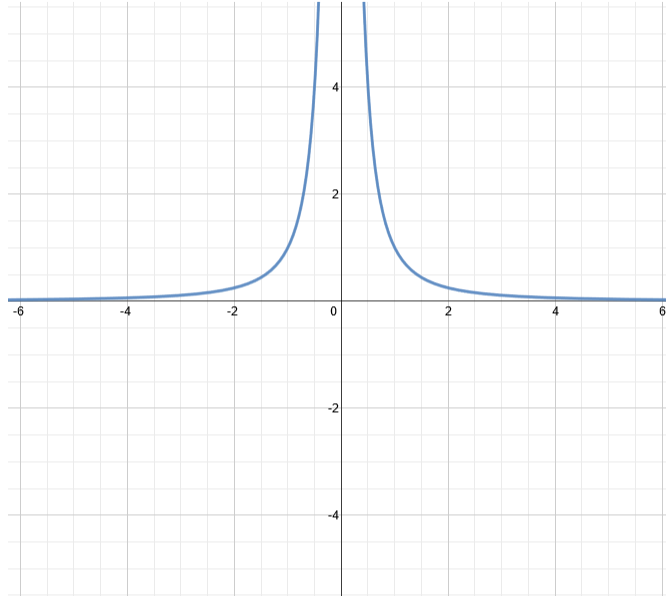



Graph Of Y 1 X 2




5 2 Reference Graphs Of Eight Basic Types Of Functions




5 2 Reference Graphs Of Eight Basic Types Of Functions



Y 1 X 3 Graph



Instructional Unit The Parabola Day 4 And 5
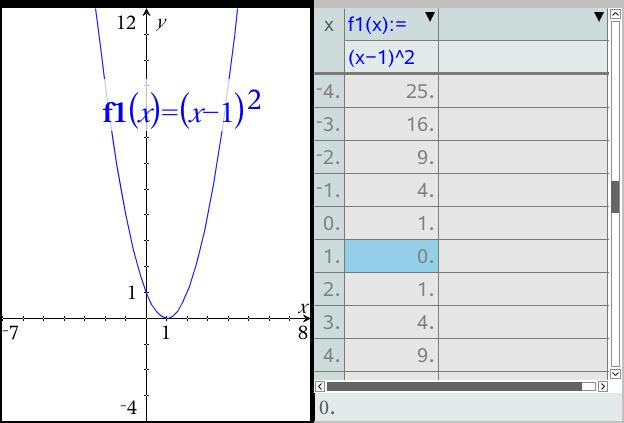



How Do I Graph The Quadratic Equation Y X 1 2 By Plotting Points Socratic



Graphs Of Functions



What Is The Graph Of X 2 Y 3 X 2 2 1 Quora



Graphing Functions
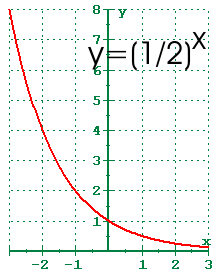



4 1 Exponential Functions And Their Graphs
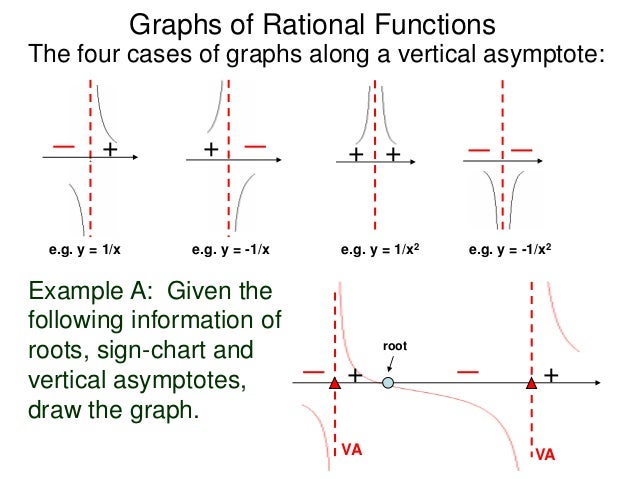



2 9 Graphs Of Factorable Rational Functions T



Multiplicative Inverse Wikipedia



Linear Equation Wikipedia



What Is The Graph Of E X Quora



1



Solution Graph The Equation Y 1 2 X 1 This Is Suppose To Read One Half X




X2 T07 04 Reciprocal Functions 12
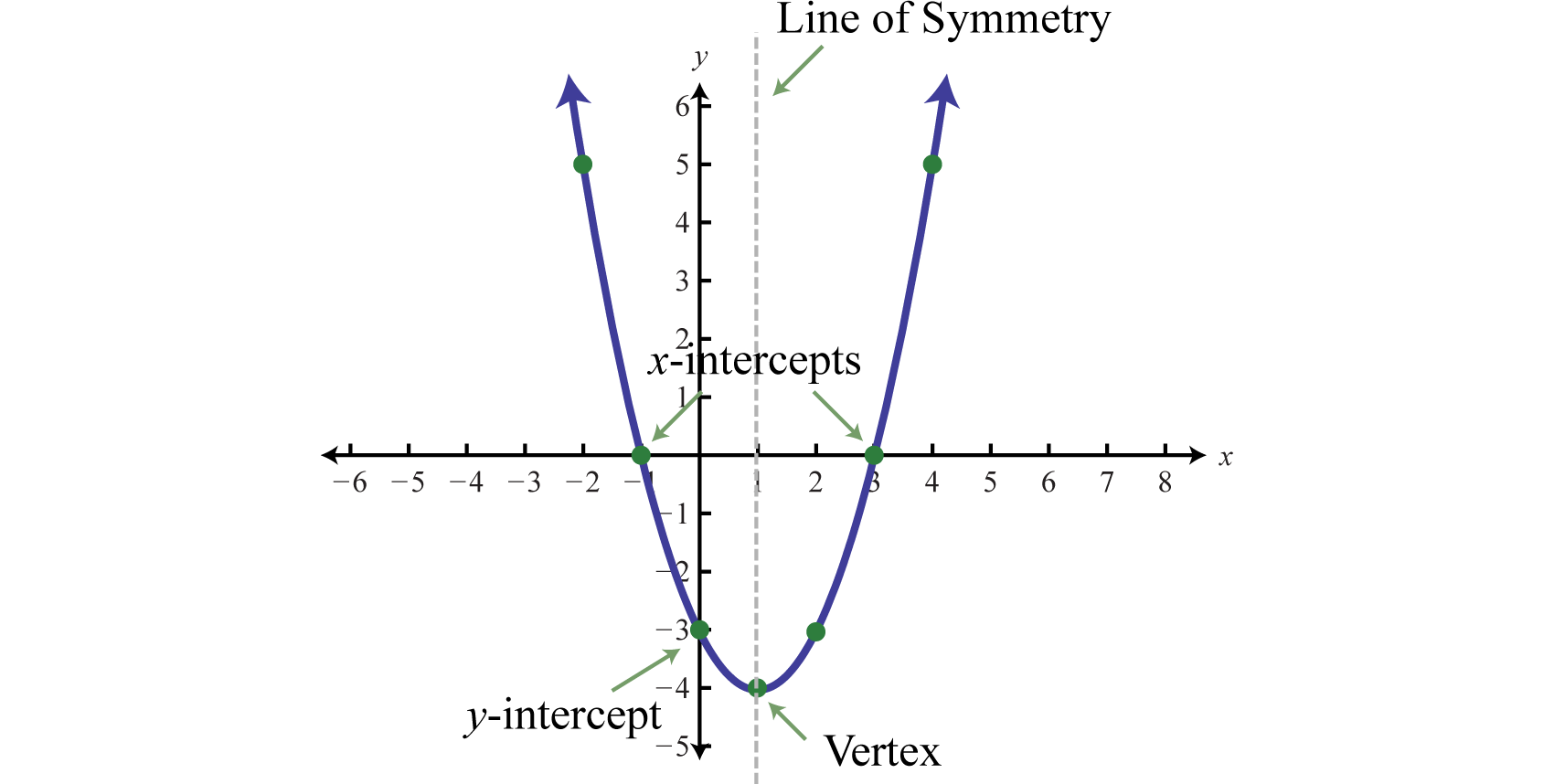



Quadratic Functions And Their Graphs
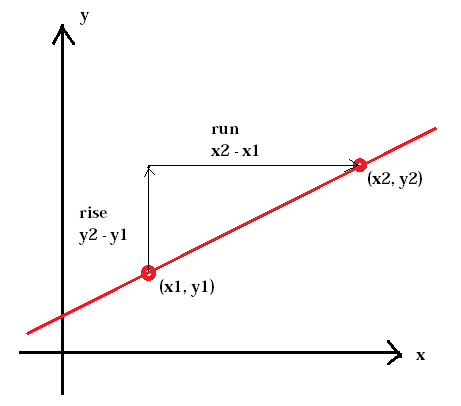



The Slope Of A Linear Function Pre Algebra Graphing And Functions Mathplanet




Graph Graph Inequalities With Step By Step Math Problem Solver




Intercepts Of Lines Review X Intercepts And Y Intercepts Article Khan Academy



Solution What Is The Domain And Range Of Y X 2 2x 1 The Answer Must Be In X X Blah Blah Form Don 39 T Know The Name Xd



Graphing Quadratic Functions




Common Functions Reference




Quadratic Function
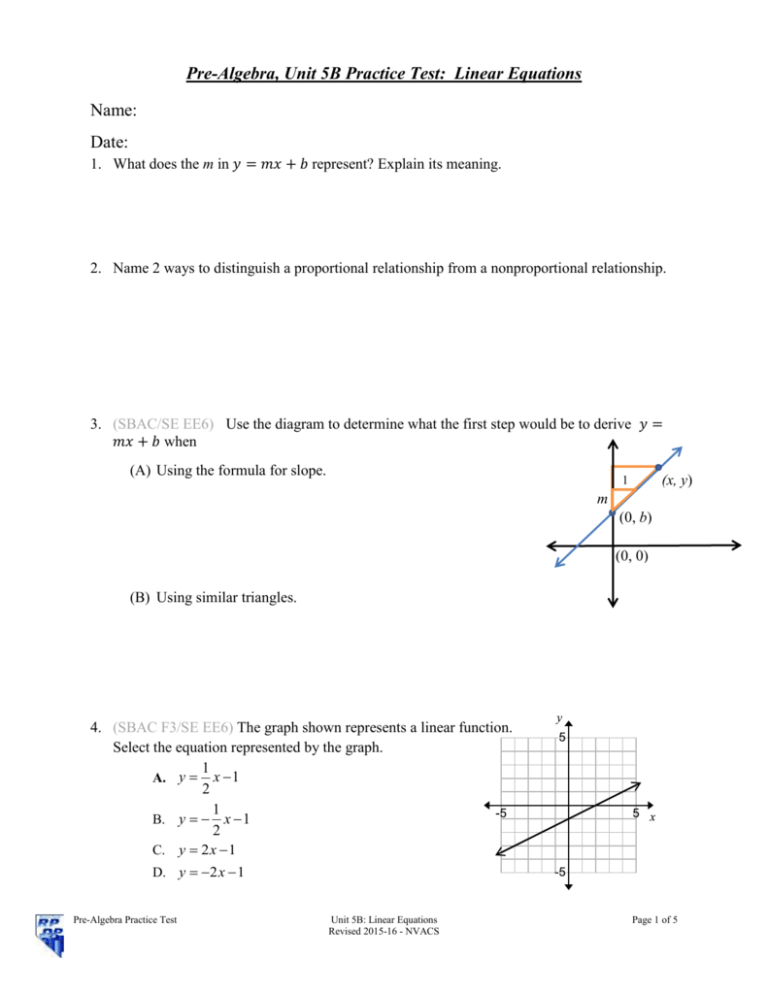



Unit 5b Practice Test Linear Equations Word



Integration Area And Curves
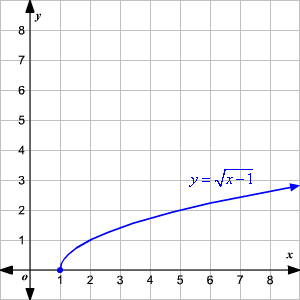



Graphing Square Root Functions
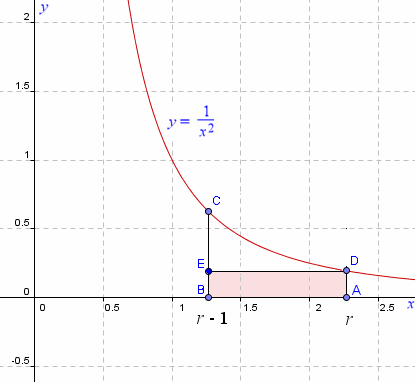



Functions Interactive Mathematics
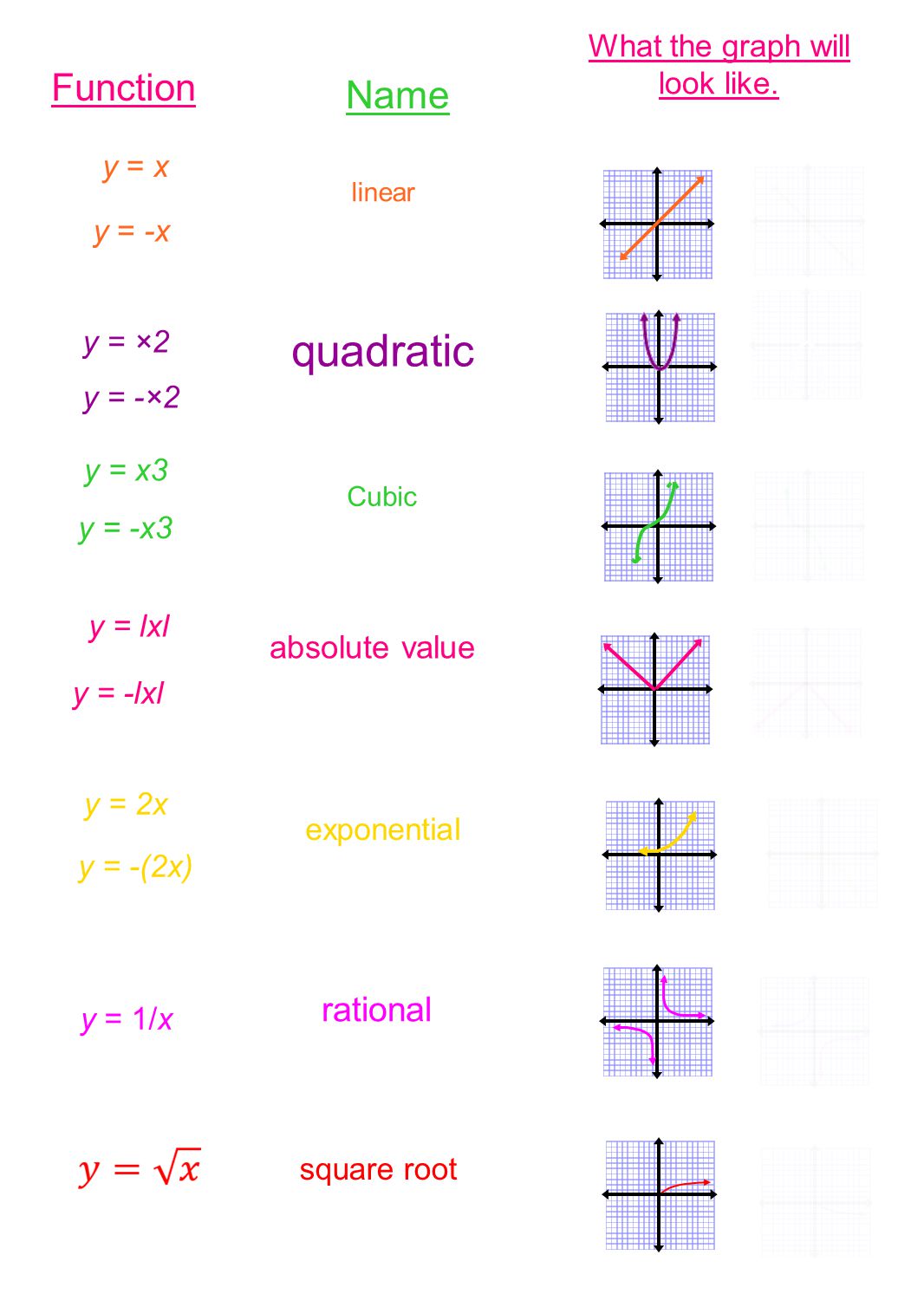



How Do We Perform Transformations Of Functions Ppt Video Online Download




5 2 Reference Graphs Of Eight Basic Types Of Functions




Quick R Axes And Text



Graphing Types Of Functions




Multiplicative Inverse Wikipedia



Key To Practice Exam Ii
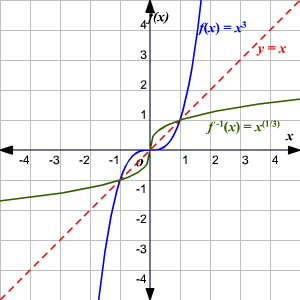



One To One Functions
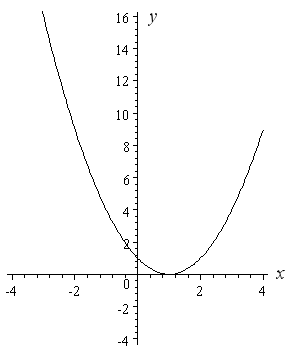



How To Draw Y 2 X 2 Interactive Mathematics
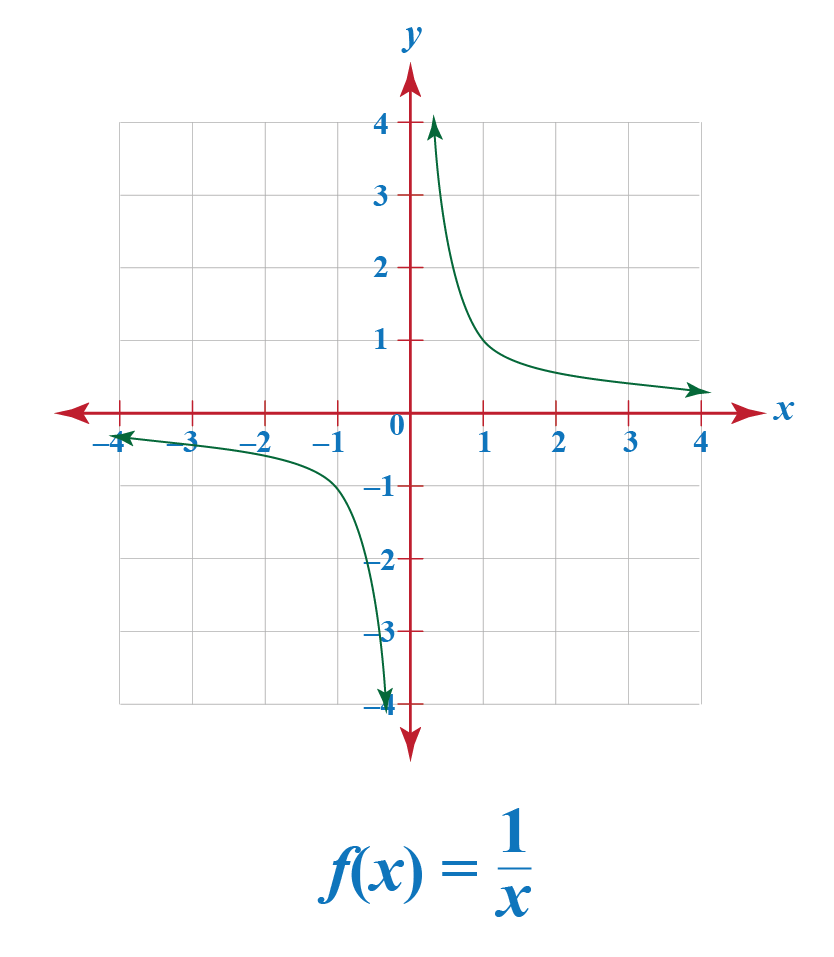



Reciprocal Functions Graphs Calculator Examples Cuemath
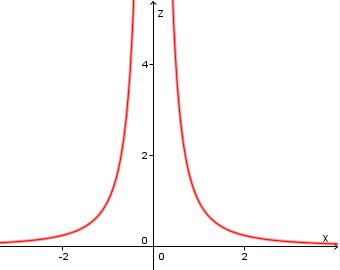



Geogebra Now With 3d Graphs Interactive Mathematics
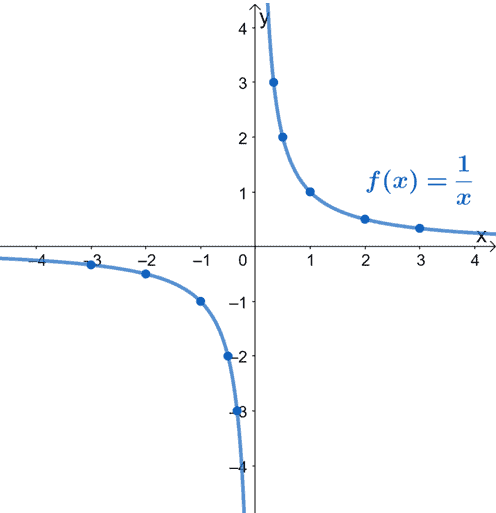



Reciprocal Function Properties Graph And Examples



Quadratic Functions
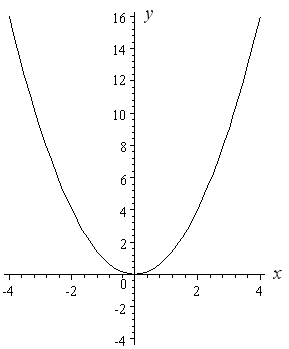



How To Draw Y 2 X 2 Interactive Mathematics
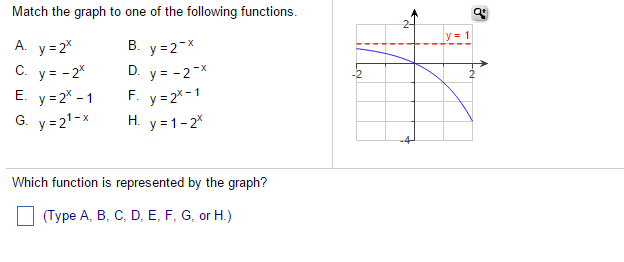



Match The Graph To One Of The Following Functions Y Chegg Com
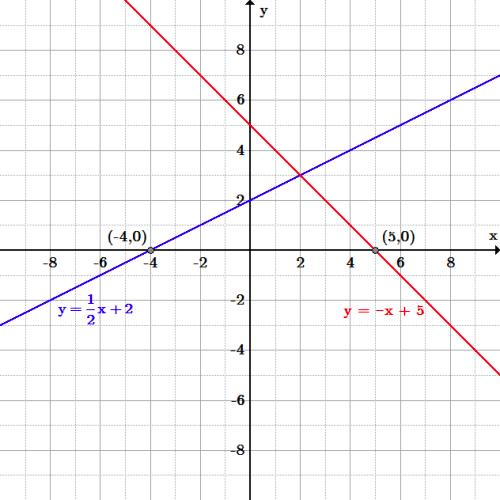



Introduction To Linear Functions Boundless Algebra
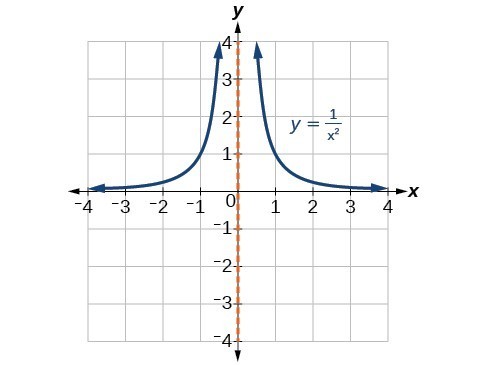



Graph Rational Functions College Algebra




File Graph Of Quadratic Function Y X 3x 4 Png Wikimedia Commons




7 Graph The Equation Y 1 4 X 2 Name The Gauthmath
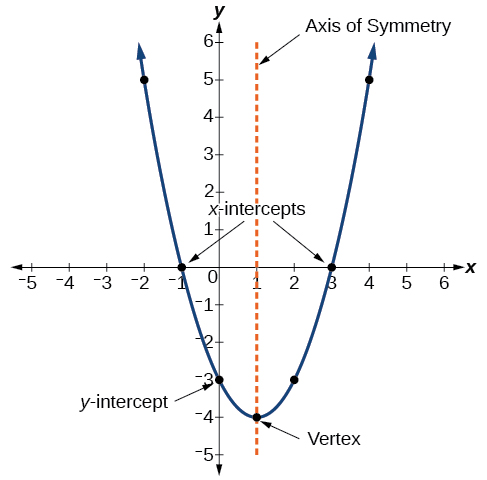



5 2 Quadratic Functions Mathematics Libretexts
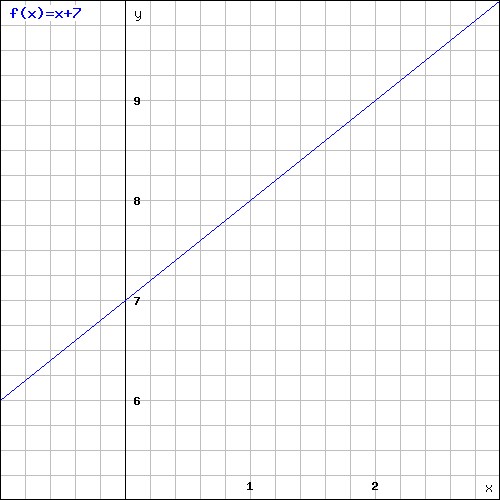



Functions And Linear Equations Algebra 2 How To Graph Functions And Linear Equations Mathplanet
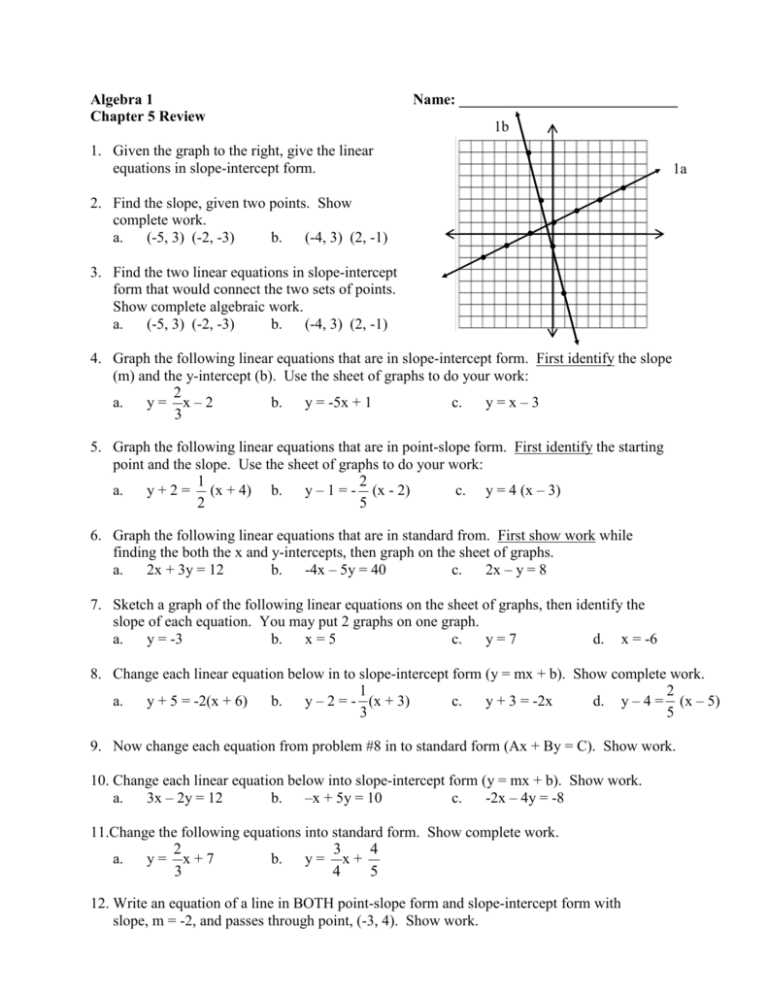



Algebra 1 Name 1a 1b Chapter 5 Review Given The Graph To The




Introduction To Linear Functions Boundless Algebra



Graphing Quadratic Functions
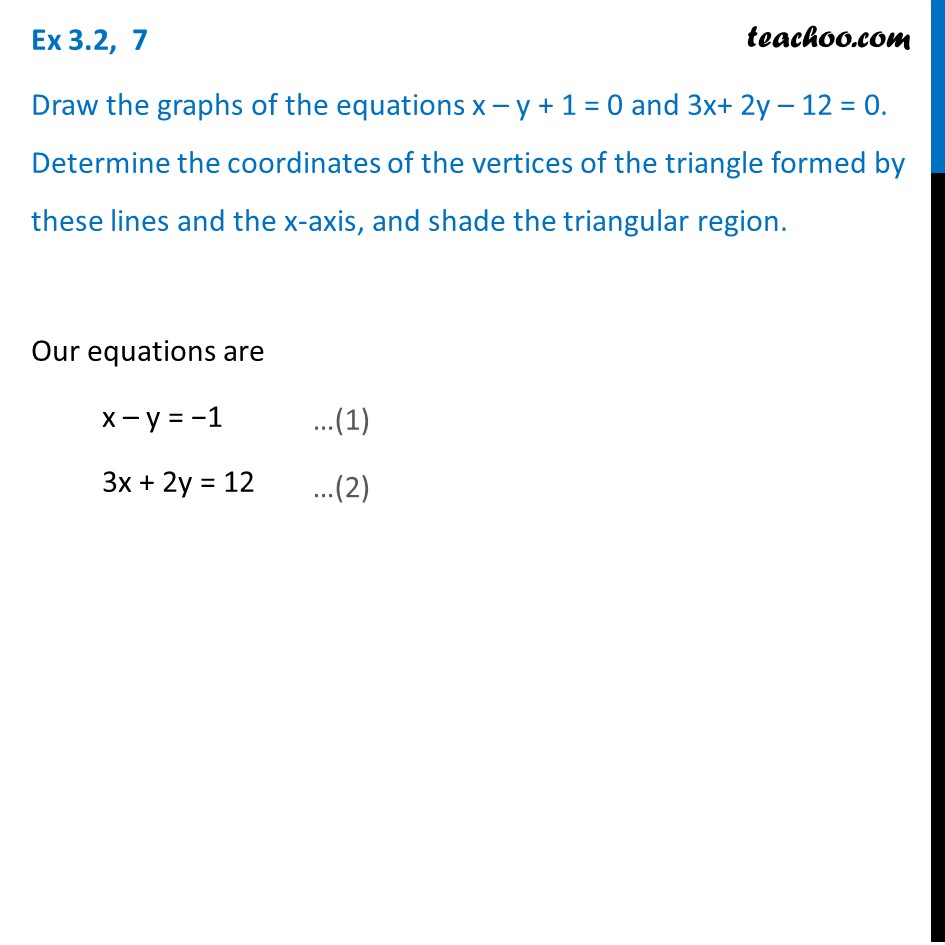



Ex 3 2 7 Draw Graphs Of X Y 1 0 And 3x 2y 12 0



Q Tbn And9gcsl0jyluxfxjjcizs7jyiyflsxbm6hpbpzdawckl4kjhmo0pmir Usqp Cau



Graphing Types Of Functions




One To One Function Explanation Examples
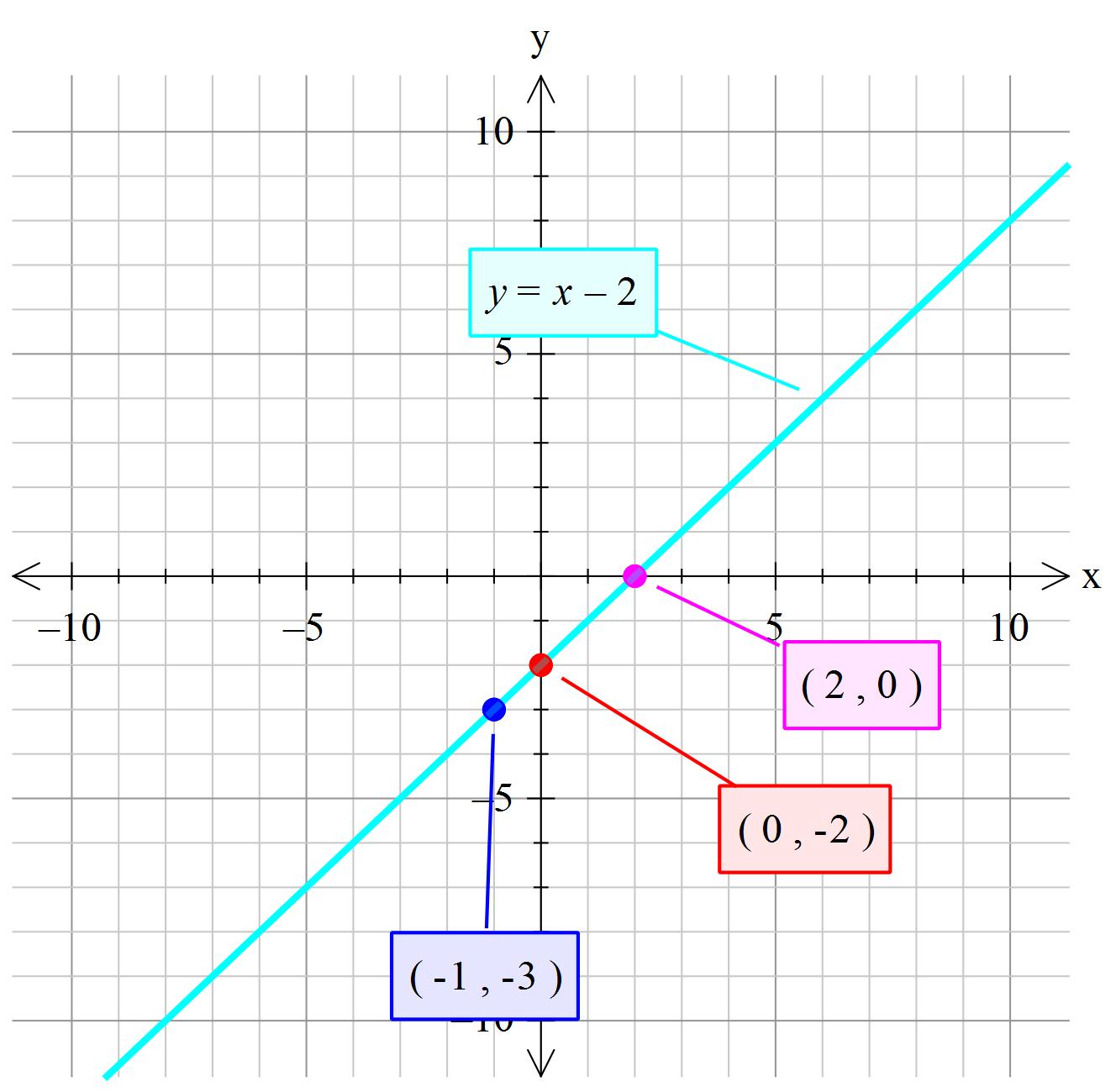



How Do You Graph The Line X Y 2 Socratic
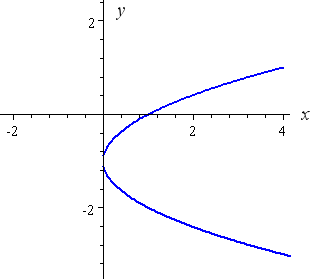



How To Draw Y 2 X 2 Interactive Mathematics



Solution Can Someone Help And Check My Answer To See If Im Doing This Right For The Function Y X 2 4x 5 Perform The Following Tasks 1 Put The Function




Graph The Functions Listed In The Library Of Functions College Algebra




Plotting X 2 Y 2 1 3 X 2 Y 3 0 Mathematics Stack Exchange




Graph X 2 Y 2 4 Youtube
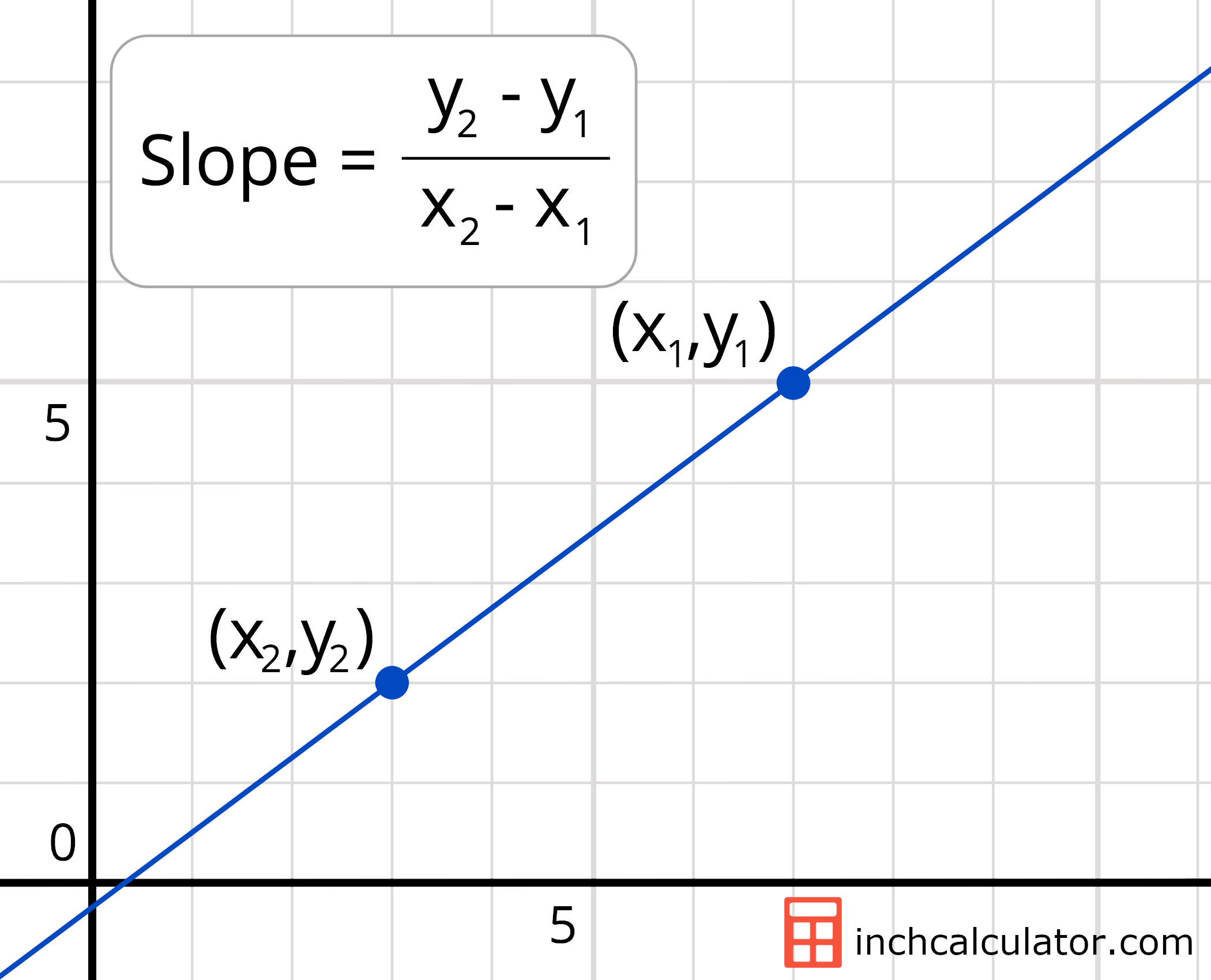



Slope Calculator Find The Slope Of A Line Inch Calculator
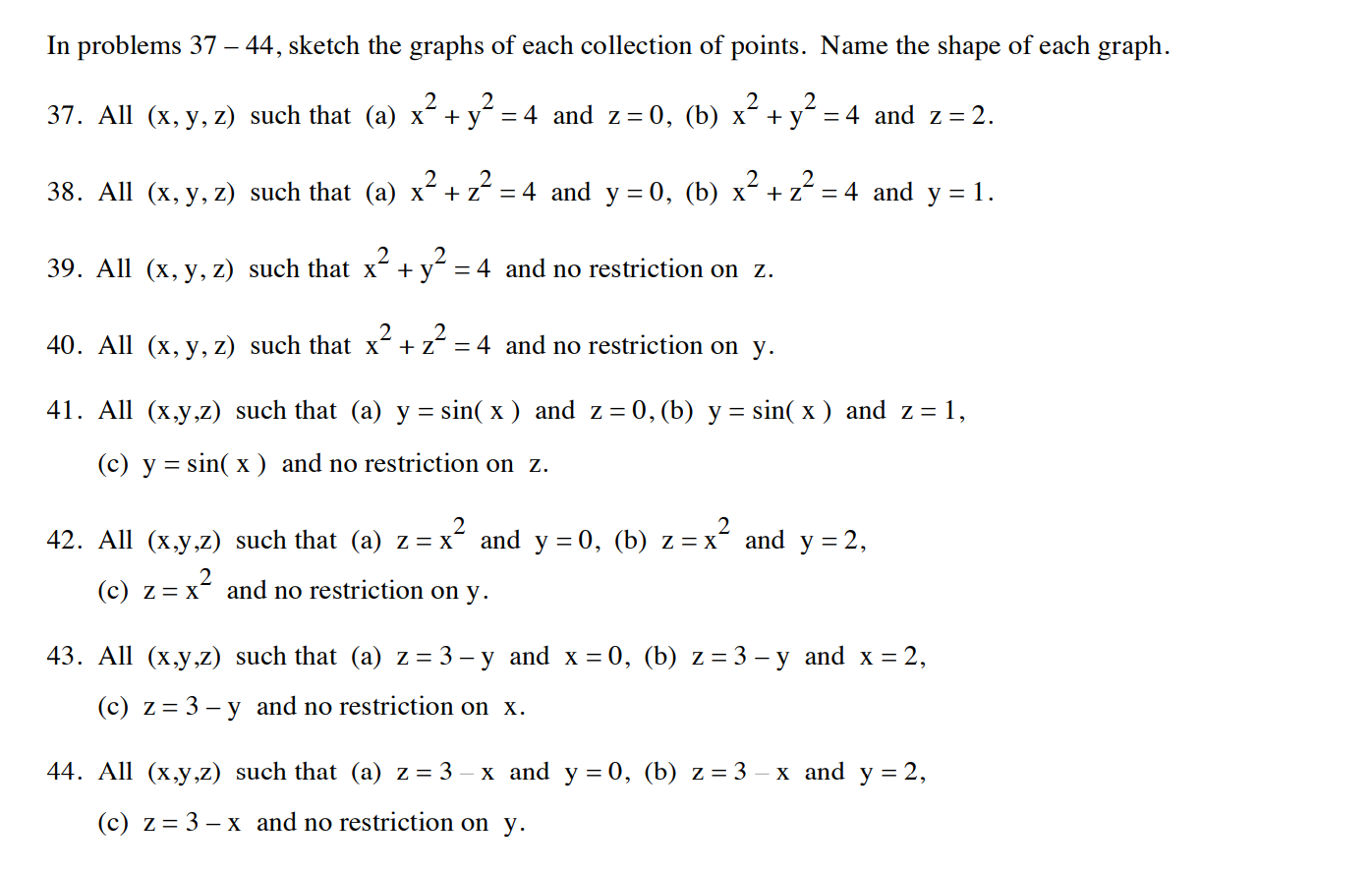



In Problems 37 44 Sketch The Graphs Of Each Chegg Com




Graph Graph Inequalities With Step By Step Math Problem Solver




How To Graph X Y 1 Youtube



Quadratics Graphing Parabolas Sparknotes



How To Plot Y X X Quora
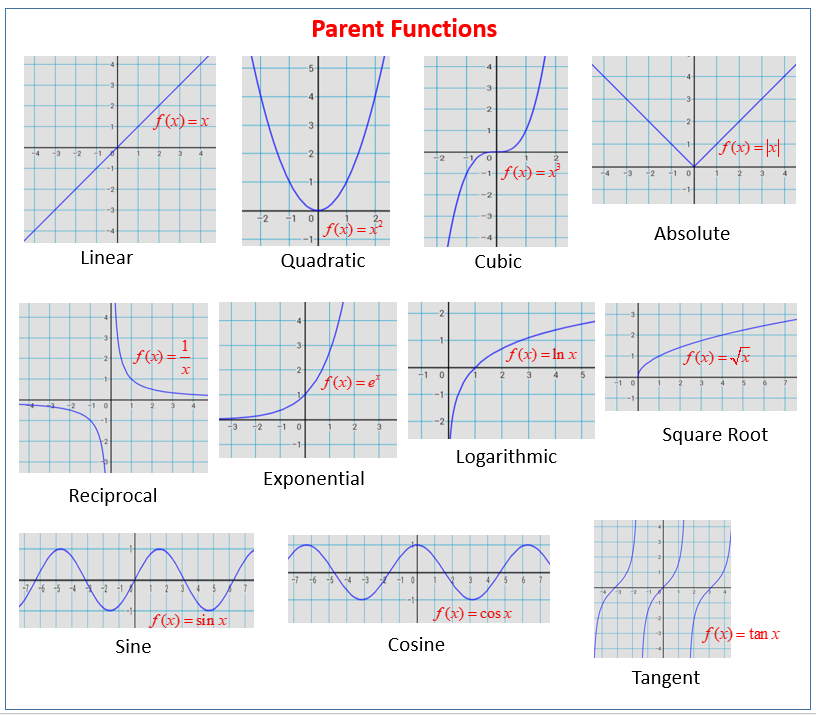



Parent Functions And Their Graphs Video Lessons Examples And Solutions




Content Polynomial Function Gallery




Content Polynomial Function Gallery




E Mathematical Constant Wikipedia




Functions Quadratic Functions




Graph Each Given System And Name Three Solutions Gauthmath
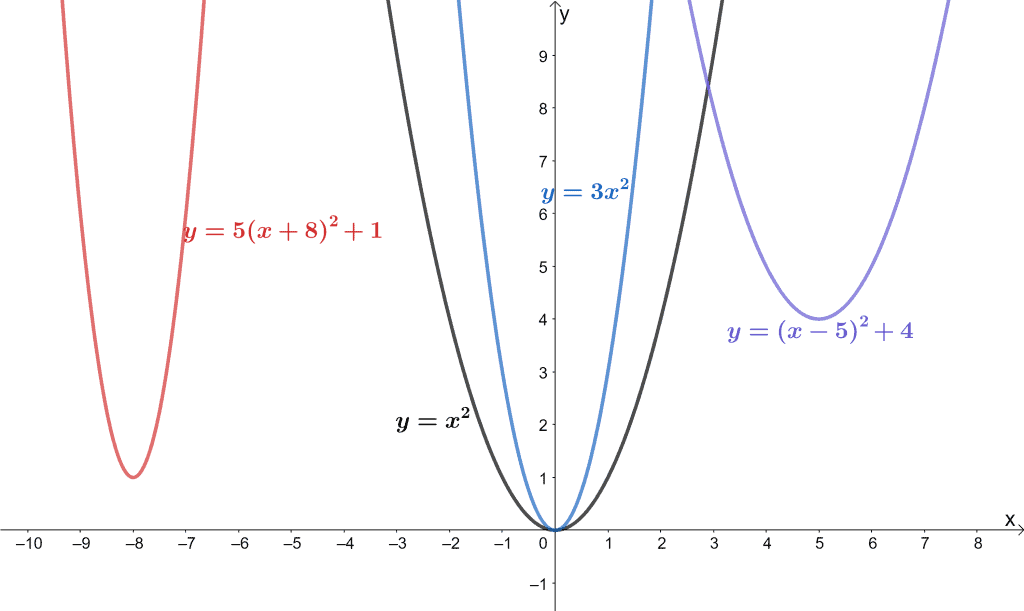



Parent Functions Types Properties Examples



Search Q Not A Function Examples Tbm Isch
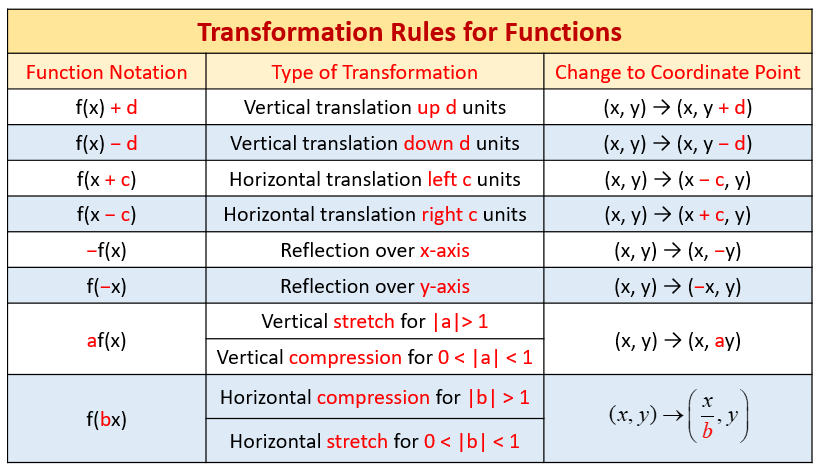



Parent Functions And Their Graphs Video Lessons Examples And Solutions


